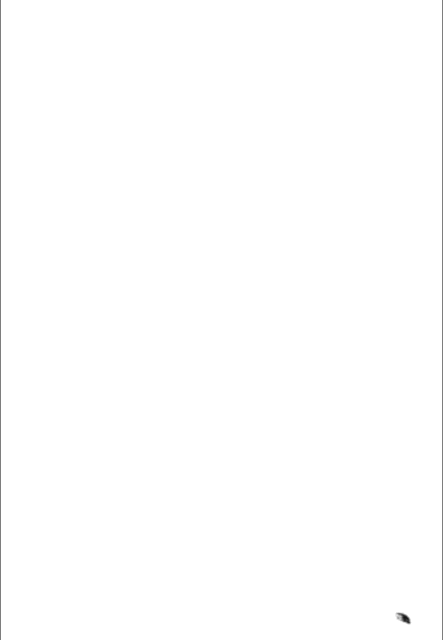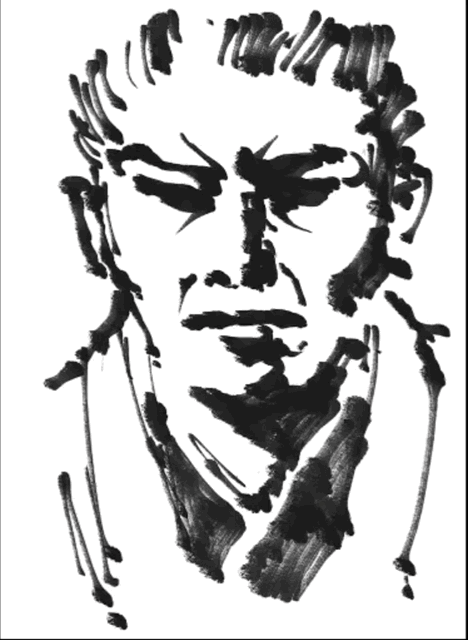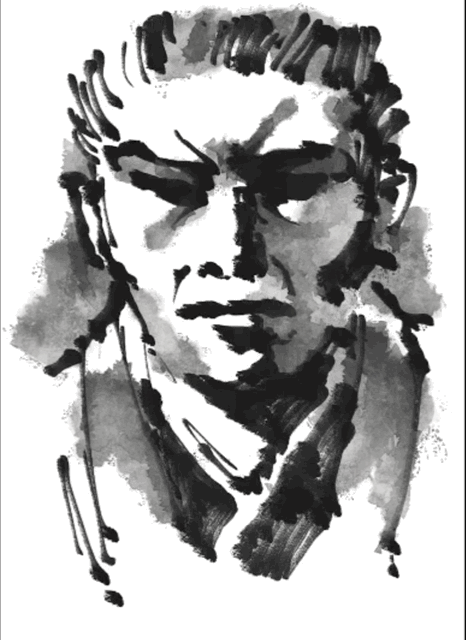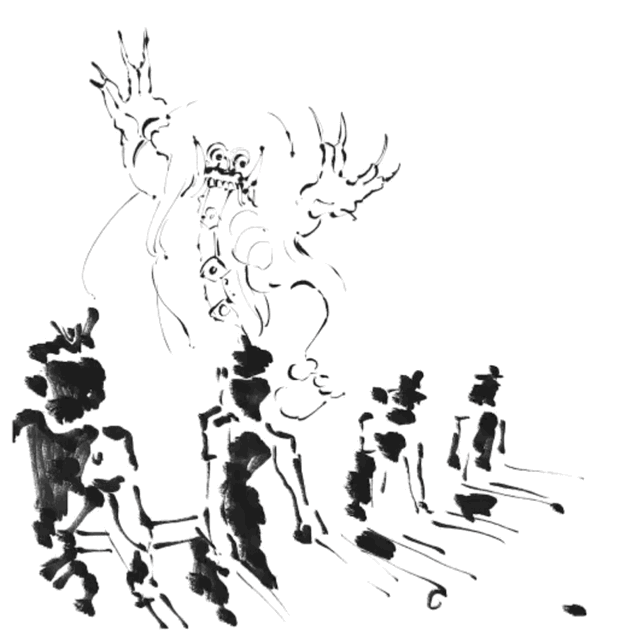Monochrome Art - Tips for Sumi-E (墨絵) Inkwash Painting
Hello! Thank you so much for liking my previous tips ❤️❤️ I’m so glad to know many of you like the tips. As thanks, here I want to Introduce some tips of making Sumi-E (墨絵), or in Chinese 水墨畫 (shuǐmòhuà), an Inkwash painting in ClipStudio.
Styles
Before we start I would like to introduce some styles in Chinese painting in general.
Gongbi (工筆)
Literally means ‘meticulous’, the oldest style that focus of detail. Thin lineart and neat coloring is actually my weakness
Xieyi (寫意)
Literally means ‘freehand’, a Song Dynasty originated style. It rather capture the expression than the detail. This style is mostly used in inkwash painting, so Xieyi usually referred to Shuimo style.
Baimiao (白描)
Literally means ‘fine line’, the art of lineart. Baimiao really just focus on making outline, almost never add color.
Mogu (沒骨)
Literally means ‘boneless’, bone in Chinese Painting apparently refer to the sketch outline that drawn with ink, so Mogu is the lineless style. They directly put colors without making sketch first and the line might unintentionally created due to the water edges or overlapped colors.
And below is additional sample of Gongbi and Xieyi. Since this is inkwash tutorial, I guess I’ll using Xieyi style more often.
Brushes
There are several ink brushes you can found in ASSETS Clip Studio, here are some personal favorites.
Kaze Fude is perfect for me to for making dry brush effect. The brush tool also easy to use.

墨だまり筆 (Sumi Damari Hitsu/Ink Brush) is for a kinda wet brush. For me, it is kinda hard to use Just as the real brush. I used this brush for lineart on this speedpaint.
濃淡テクスチャブラシ (Nōtan tekusuchaburashi/Shade Texture Brush) is for the watery brush. To be honest I’m still struggling in making the inkwash effect look more realistic.

水彩マーカー●▲■とテクスチャーセット (Suisai mākā ●▲■ to tekusuchāsetto/Watercolor Marker and Texture Set) contains various brush tools, blending tool, and textures that I used to explore more the inkwash effect. It is same brush as previous tips.

Texture
Before you start drawing, I recommend to add texture layer first. Actually you can put in last but adding it in first help to build mood that you are doing traditional painting during the process.
🔷レイヤーセット/水彩テクスチャー🔷 (Layer Sets/Watercolor Textures) is already included on 🔷水彩マーカー●▲■とテクスチャーセット🔷 Asset. If you already downloaded the Asset Sets, you can just drag this from material to the layer toolbar without further edit.

Sorry I just use same GIF as previous tips hehe
This Layer Set is include [Color Balance] layer, which make it kinda yellowish.
Bone Method
Bone Method is mentiod in “Six points to consider when judging a painting" (繪畫六法) written by Xie He circa 550 AD. Scholars apparently refer it as the way of making strokes, when we write Chinese Letter using Ink, the line is considered as good when the strokes look kinda bony
In Chinese Painting, apparently it refers to the line as structure of the image, in other word it can be said to be sketch but using ink. There might be other interpretation of this principle, but I think the important point is stroke and line is the core of the painting just like bone inside human body. If it misshaped, whole drawing can be ruined.
And as I mentioned above there is Mogu (沒骨) style, literally means boneless because it paint the base color directly without sketch or outline. Mogu painting actually can be drawn in Gongbi or Xieyi way.

But psst, since this is digital art, we can actually cheat this method using sketch on different layer.
Inkwash
If you want to paint in Gongbi Style, You can just follow this tips but in black color.
But for Xieyi style I still struggling and experimenting for the method to make it look realistic and natural, here is my effort so far.


I use this blend tool to make soothing effect.
And the last touch I gave white Kaze Fude. Actually this is not recommended step because it makes your art no longer look like real inkwash (because white paint usually only seen on Gongbi style) but it is fine if you want explore your creativity.
Calligraphy and Seal
This is optional last touch, in Chinese painting, painting and calligraphy are inseparable. Then the red seal is considered as the artist signature.
The text above is 巴厘新年快乐(bā lí xīn nián kuài lè) “Happy Balinese New Year” because today is Nyepi (Day of Silence) in Bali. Today Nyepi is different than usual because they didn’t do Melasti Ritual on the temple due to COVID19. Nyepi itself can be described as ‘Social Distancing+Fasting’ in Balinese version but only in a day.
And the red seal is contain hanzi 兔 (rabbit) and 串 (skewer), it is literal meaning of my account name, konijn (rabbit) and sate (satay) in Dutch Language. Maybe you can try to google your own hanzi of your name if you don’t have Chinese Name, it is fun UwU
Closing
That’s all, sorry for any lacking of the explanation, lack of research and wrong grammar, feel free to ask me on my instagram.























Comment